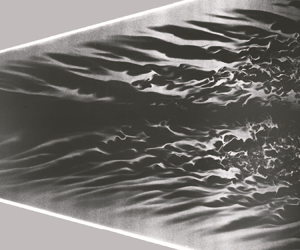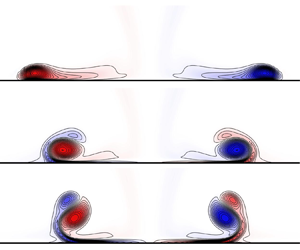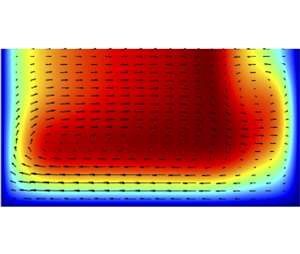doi:10.1017/jfm.2024.13 New et al. Collisions of vortex rings with hemispheres
Contents
JFM Papers
Boundary layer transition of hypersonic flow over a delta wing
-
- Published online by Cambridge University Press:
- 12 February 2024, A57
-
- Article
-
- You have access
- Open access
- HTML
- Export citation
Vorticity dynamics at partial-slip boundaries
-
- Published online by Cambridge University Press:
- 13 February 2024, A58
-
- Article
-
- You have access
- Open access
- HTML
- Export citation
Swirling electrolyte. Part 1. Hierarchy of catastrophic transitions in steady annular flows
-
- Published online by Cambridge University Press:
- 12 February 2024, A59
-
- Article
-
- You have access
- Open access
- HTML
- Export citation
Front Cover (OFC, IFC) and matter
FLM volume 980 Cover and Front matter
-
- Published online by Cambridge University Press:
- 14 February 2024, p. f1
-
- Article
-
- You have access
- Export citation




